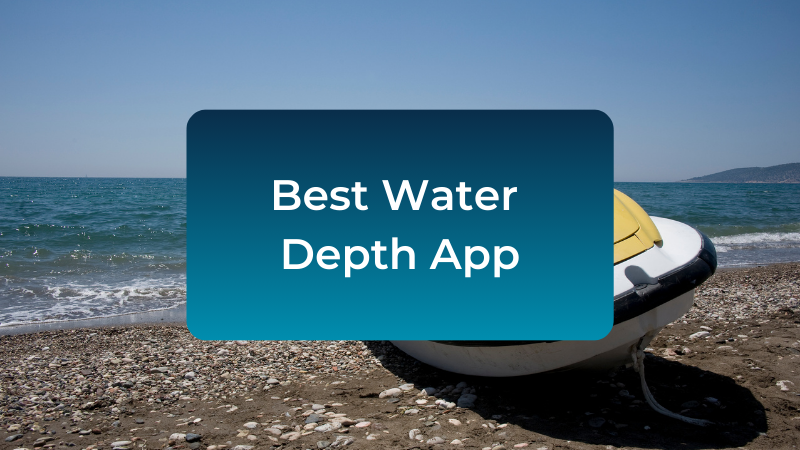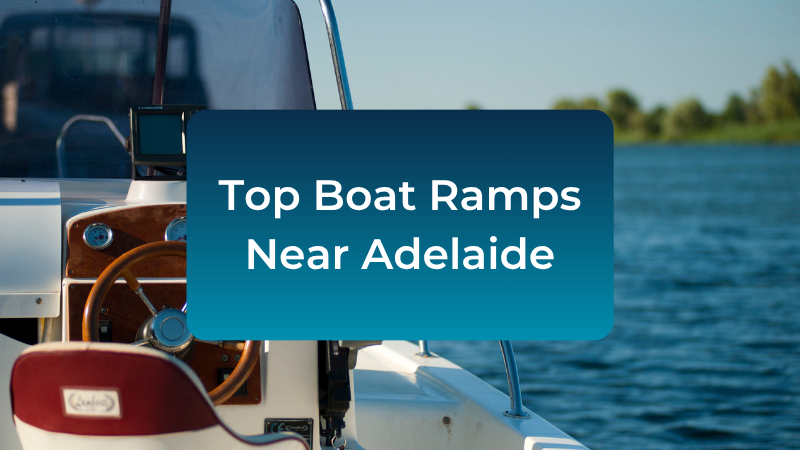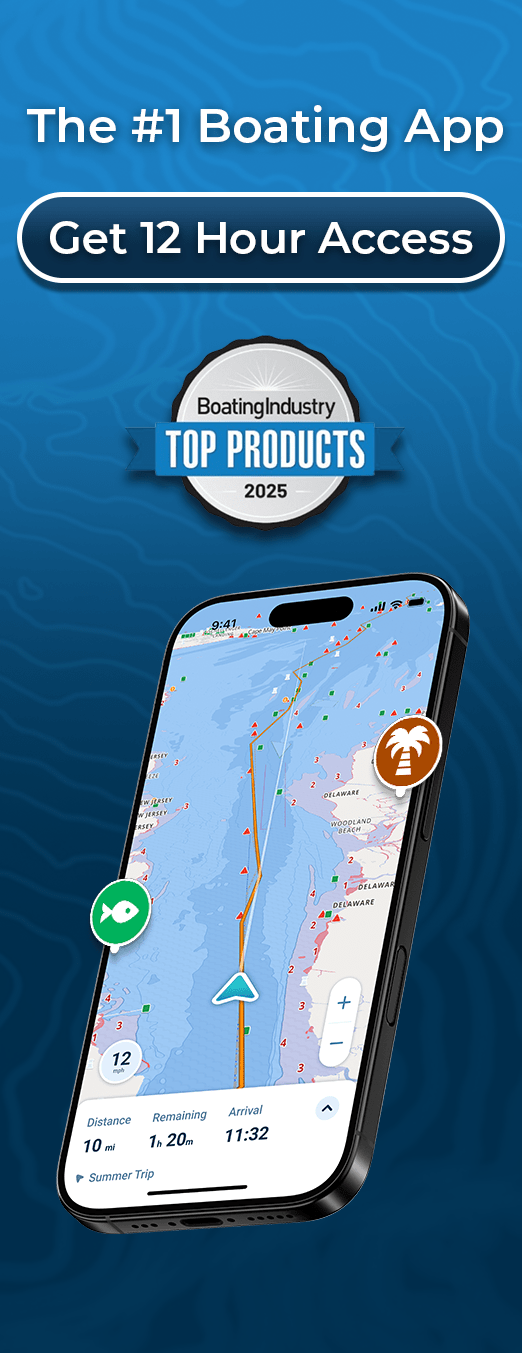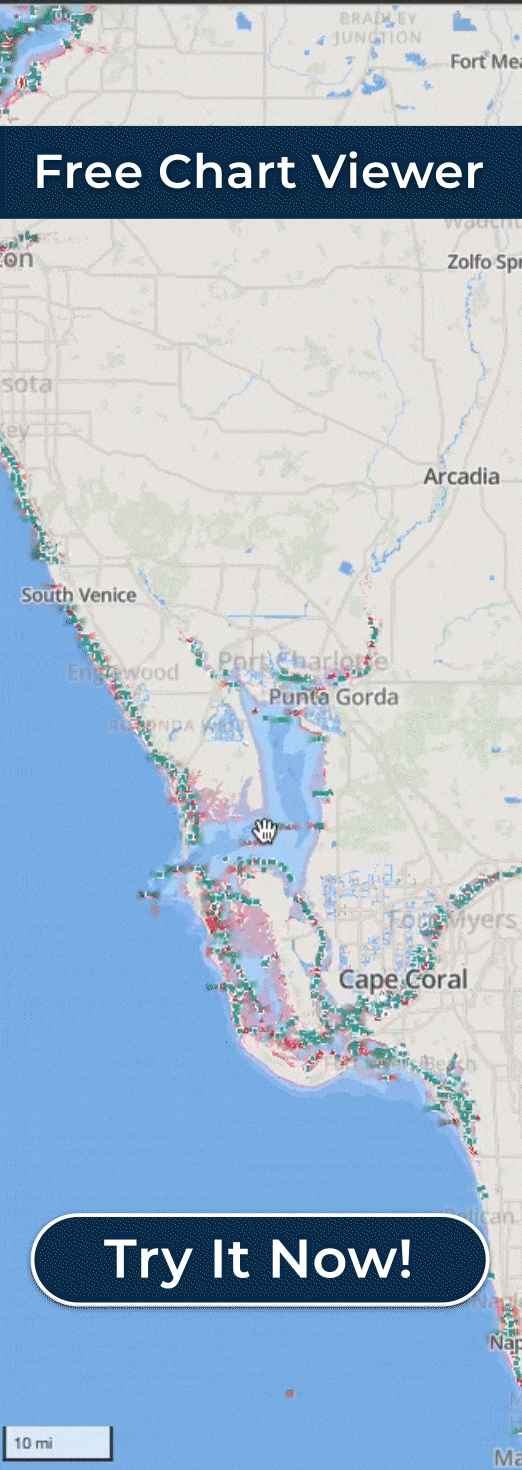
Where Would a Boat Produce the Highest Concentration of Carbon Monoxide?
Carbon monoxide (CO) tends to accumulate in areas with poor ventilation and near exhaust outlets. On boats, the highest concentration of carbon monoxide is typically found around the stern (back) of the boat, especially under or near swim platforms and enclosed cabin areas.
These areas can trap exhaust gases from onboard engines, generators, or even nearby boats. When idling or operating at slow speeds, CO can linger and form invisible pockets of toxic air. The risk is especially high when:
- Engines or generators are running while the boat is stationary.
- You’re docked near other boats emitting exhaust.
- Wind or current pushes exhaust fumes back toward the boat.
Boaters must be aware that just because air seems fresh doesn’t mean it’s safe — CO is odorless, tasteless, and invisible.
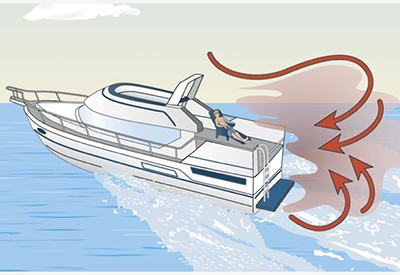
Image courtesy of canadianboating.ca.
What Is the Best Way to Prevent Carbon Monoxide Poisoning While Boating?
The most effective way to prevent carbon monoxide poisoning on a boat is to ensure proper ventilation and routine maintenance of all fuel-burning equipment. Key actions include:
- Install and maintain carbon monoxide detectors in enclosed areas (especially cabins).
- Never block exhaust outlets or operate the boat in a way that causes fumes to build up.
- Avoid idling for extended periods, especially in confined spaces like coves or marinas.
- Educate passengers about the dangers of carbon monoxide and identify risky areas, like the swim platform.
Preventing CO buildup is largely about awareness and proactive boat maintenance. Safe habits and early detection go a long way.
What Is the Best Precaution to Take to Prevent Carbon Monoxide Poisoning on a Boat?
The best precaution is to install a marine-grade carbon monoxide detector and perform regular inspections of your exhaust system.
Without a CO detector, you may not realize there’s a problem until it’s too late. Along with this, make sure to:
- Keep all exhaust systems in good condition.
- Avoid the “station wagon effect,” where exhaust is pulled into the boat due to forward motion and airflow.
- Never allow passengers to sit, swim, or linger near exhaust outlets — especially under the swim platform.
Routine checks and smart behavior are your strongest defenses against this silent killer.
Which of the Following Is a Good Way to Prevent Accidental Carbon Monoxide Poisoning?
A good way to prevent accidental carbon monoxide poisoning is to:
- Keep your boat’s exhaust system well-maintained and unobstructed
- Install carbon monoxide detectors
- Ensure proper ventilation in all enclosed spaces
Every boating safety course emphasizes these simple but effective methods. Think of carbon monoxide safety like life jacket use — it’s not just for emergencies; it’s part of smart boating.
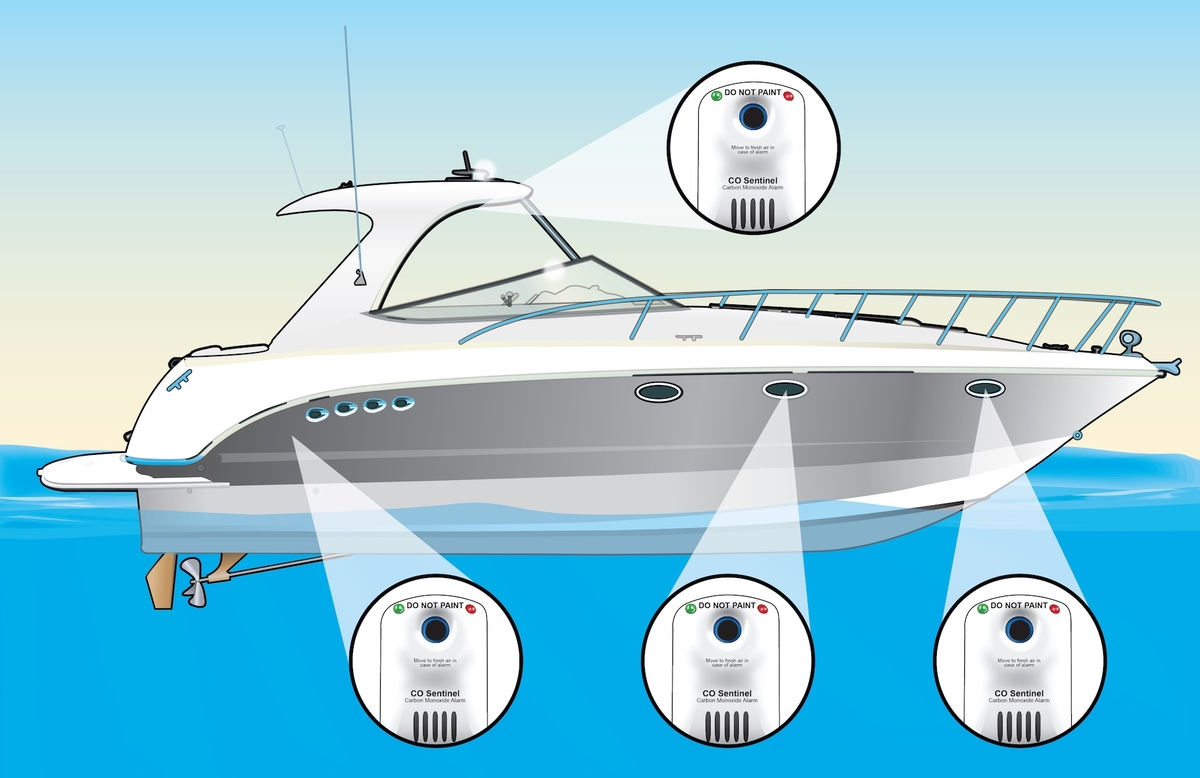
Image courtesy of boat-ed.com.
Which Is the Best Precaution Against Carbon Monoxide Poisoning?
Among all precautions, installing a working carbon monoxide detector is the most effective single step you can take.
Why? Because CO is undetectable without specialized sensors. Even a clean, well-maintained boat can produce deadly levels of carbon monoxide if wind, speed, or mechanical failure create the wrong conditions.
Pair a CO detector with good ventilation practices, routine maintenance, and awareness of where exhaust accumulates, and you’ve built a strong safety ne
Which of the Following Can Be a Source of Carbon Monoxide on Your Boat?
Sources of carbon monoxide on boats include:
- Gasoline-powered engines (inboard and outboard)
- Generators
- Cooking appliances or space heaters that burn fuel
- Nearby boats’ exhaust systems (especially in marinas or coves)
Any fuel-burning device has the potential to emit CO. It’s not just your own engine — neighboring boats or dock equipment can also contribute.
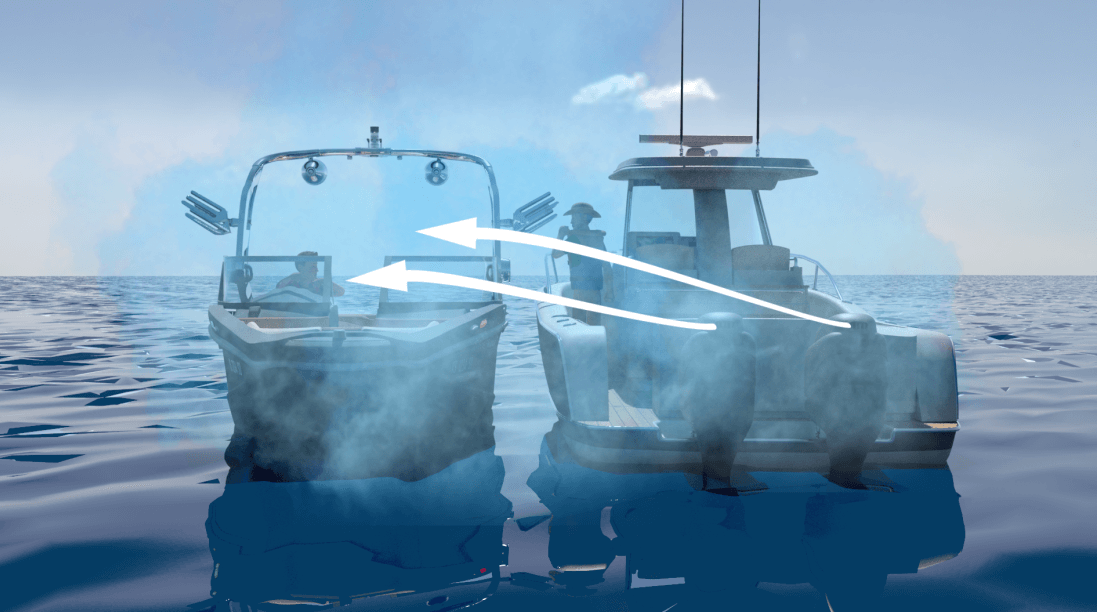
Image courtesy of aceboater.com.
Which Activity Could Lead to Carbon Monoxide Poisoning?
Swimming or sitting near the swim platform while the engine or generator is running is a common and dangerous activity that can lead to carbon monoxide poisoning.
Other risky activities include:
- Running the engine while docked in an enclosed area
- Sleeping in a cabin with poor ventilation and no CO detector
- Idling for long periods with passengers aboard
Even relaxing on deck can become dangerous if CO builds up silently around you.
Exhaust Outlets Are Often Located in the Area Under a Boat’s Swim Platform. This Area Should Be Strictly Off Limits. What Is the Danger If a Swimmer Enters This Area?
The danger is carbon monoxide poisoning and potential drowning.
The swim platform often sits directly above or near the exhaust outlet. When the engine or generator is running, carbon monoxide can collect in this pocket, especially if there’s little water movement or ventilation. A swimmer in this area can quickly lose consciousness without warning.
This is why swim platforms should be off limits when the engine is running, and passengers should never linger near exhaust outlets, in or out of the water.
Conclusion
Carbon monoxide poisoning is one of the most dangerous and underrecognized risks in recreational boating. It’s silent, odorless, and fast-acting — but entirely preventable.
To stay safe:
- Always install and maintain a carbon monoxide detector on your boat.
- Keep exhaust systems in top condition and never block ventilation.
- Educate everyone onboard about the risks, especially around the swim platform and in enclosed spaces.
Whether you’re preparing for a boating exam or simply practicing good seamanship, carbon monoxide awareness should be part of your boating routine — just like wearing a life jacket.




